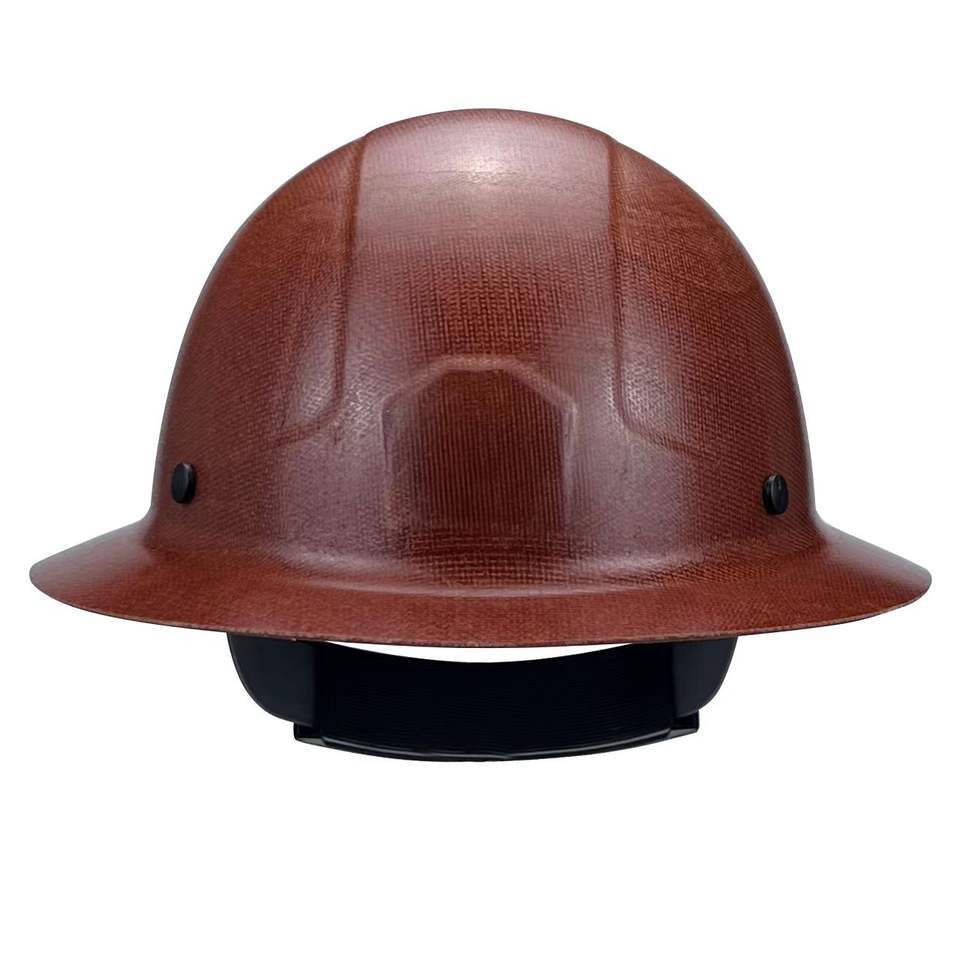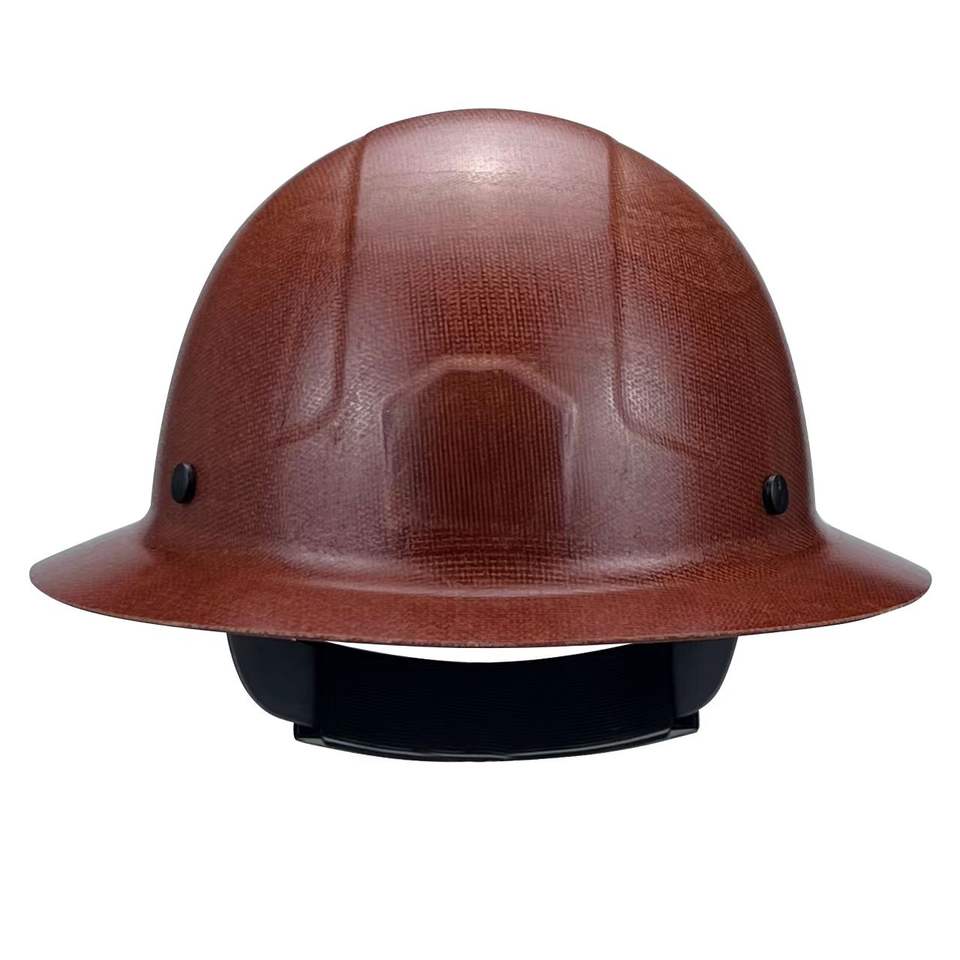Hard Hat Safety Helmet – Lightweight Fiber, ANSI Certified
Field Notes on Heat-Ready Head Protection: A Journalist’s Take
If you’ve ever stood next to a reheat furnace or a glass tank line, you know head protection isn’t negotiable. That’s why I spent the past month talking with site managers, reading lab reports, and wearing one on hot decks. The product that kept coming up was the [Hard Hat Safety Helmet]—specifically the High temperature Hard Hats Fiber resinforce resin safety helmet from Care. Long name, yes. But it’s built like a tank and, surprisingly, doesn’t feel like one.

What’s different about this shell?
In short: fiberglass plus heat-resistant resin. That combo is old-school tough. Compared with commodity HDPE, fiberglass shells resist deformation at elevated temperatures and shrug off the radiant heat foundries live with. The Hard Hat Safety Helmet here is CE-marked under EN 397 and built to ANSI/ISEA Z89.1-2009—respectable anchors in any procurement checklist.

Specification snapshot
| Parameter | Detail |
|---|---|
| Brand / Model | Care — High temperature Hard Hats Fiber resinforce resin safety helmet |
| Material | Fiberglass shell with heat-resistant resin matrix |
| Weight | ≈ 600 g (real-world use may vary with accessories) |
| Size | 48 × 27.94 × 19.05 cm (nominal shell envelope) |
| Suspension | 4-point Terylene webbing cradle |
| Standards | ANSI/ISEA Z89.1-2009; EN 397 (CE) |
| Color | OEM color options |
| Origin | 26 YongPing Road, Northern Industrial Base, Hengshui, Hebei, China |

Process flow and quality checks
Materials: woven fiberglass fabric, heat-cured resin, UV-stable pigments. Methods: layup and compression molding, controlled curing, CNC trimming, slotting for accessories, and suspension fitment. Testing (sample highlights): impact attenuation per EN 397 (
Where it earns its keep
Steel mills and foundries, glass plants, coking facilities, hot-work zones on construction sites, cement kilns, and some oil & gas operations near heaters. One Texas site manager told me the 4-point cradle “stays put when I’m sweating through a turnaround,” which, to be honest, is the kind of unglamorous feedback that matters.

Advantages (and a dose of reality)
- Heat resilience: fiberglass shells maintain shape near high radiant heat.
- Stable suspension: Terylene straps don’t stretch excessively when damp.
- Customization: colors and logoing, which many customers say helps with crew ID.
- Tradeoff: at ≈600 g, it’s not the lightest; balance is good, but you’ll feel it on 12s.
Vendor comparison (quick buyer’s grid)
| Vendor/Model | Shell Material | Standards | Heat Suitability | Notes |
|---|---|---|---|---|
| Care (this model) | Fiberglass | ANSI Z89.1-2009; EN 397 | High-temp areas | Stout shell; 4-pt Terylene cradle |
| Common HDPE models | HDPE | ANSI/EN variants | General construction | Lightweight; not ideal near furnaces |
| Premium fiberglass lines | Fiberglass/composite | ANSI/EN (newer revs) | High-temp/industrial | Often pricier; accessory-rich |

Customization and compliance
OEM colorways for crew/role coding, pad printing for logos, and optional chinstraps or earmuffs via universal slots. Documentation typically includes CE declaration and test reports referencing EN 397; ask for current ANSI files if your jobsite leans U.S. rules. And yes, the Hard Hat Safety Helmet still needs daily inspections: shell cracks, suspension fray, UV chalking—don’t ignore them.
Real-world test notes
On a kiln floor walk-through, surface temps around me were >60°C ambient. The shell didn’t soften; suspension stayed neutral. Venting is closed (expected for heat), so I’d pair it with sweatbands in summer. No dramatic hot-spotting on the crown—good sign for resin cure quality.
Citations
- OSHA 29 CFR 1910.135 – Head Protection. https://www.osha.gov/laws-regs/regulations/standardnumber/1910/1910.135
- ANSI/ISEA Z89.1 – Industrial Head Protection (various revisions). https://safetyequipment.org/standards/ansiisea-z89-1/
- EN 397:2012+A1:2012 – Industrial safety helmets. https://standards.iteh.ai/catalog/standards/cen/8d5f3c37-2b28-4e2c-8a07-8f7dc54a9600/en-397-2012a1-2012
- NIOSH Workplace Safety & Health Topics: Head Protection. https://www.cdc.gov/niosh/topics/headprotection/
- HSE INDG174 – Hard hats: What you need to know. https://www.hse.gov.uk/pubns/indg174.pdf
-
Essential Guide to Safety Helmets for the Oil and Gas Industry
NewsNov.24,2025
-
Essential Guide to Safety Helmet for Baby – Protect Little Explorers with Confidence
NewsNov.24,2025
-
Comprehensive Guide to Safety Helmet Factory – Global Insights & Innovations
NewsNov.23,2025
-
Rockman Safety Helmet: Ultimate Industrial Head Protection Guide
NewsNov.23,2025
-
Race Safety Helmet – Essential Protection for Motorsport Champions
NewsNov.22,2025
-
Offshore Safety Helmet Guide: Protecting Workers in Harsh Marine Environments
NewsNov.22,2025
